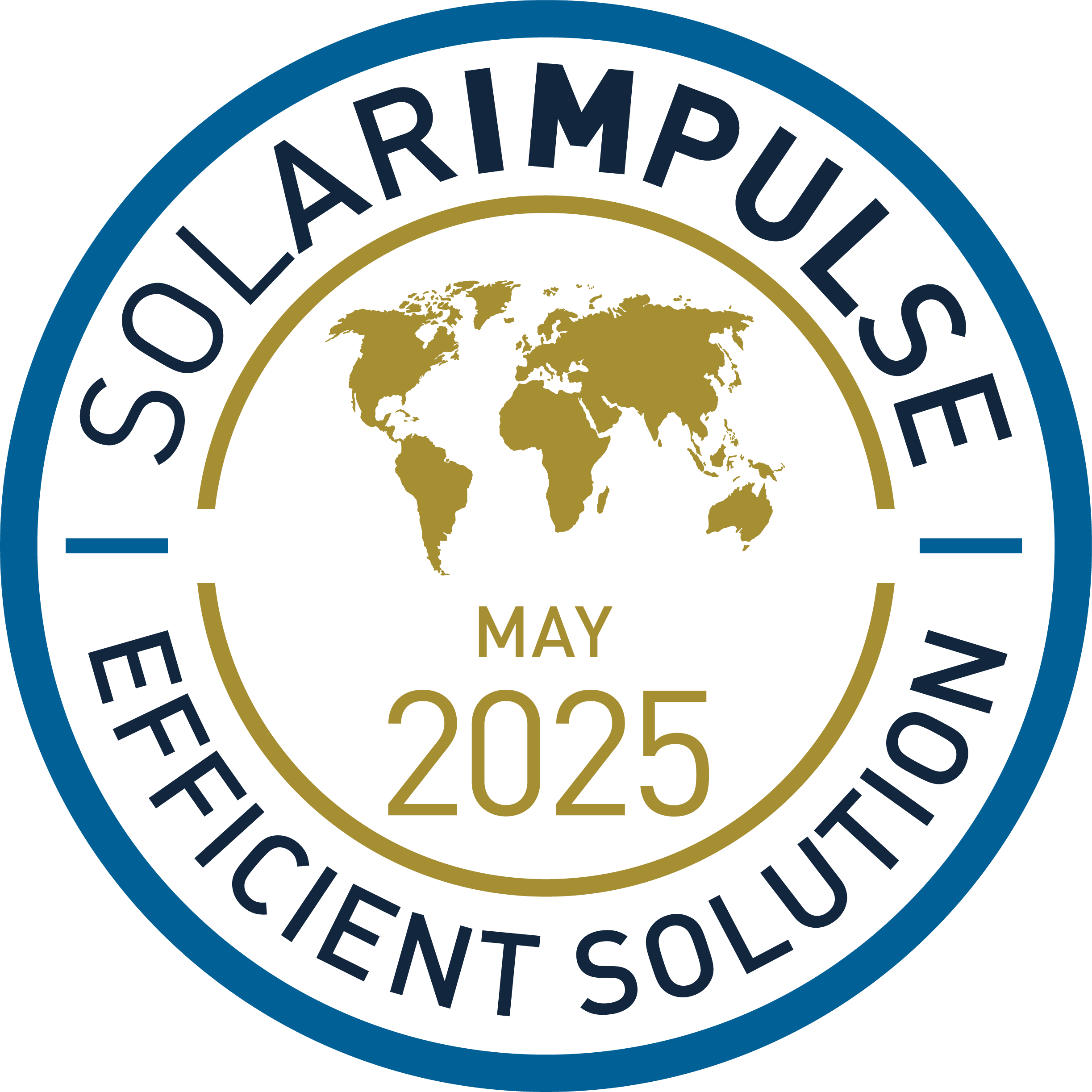The Solutions Explorer lets you create alerts that match your needs. You can create several alerts and you will receive a notification each time a new Solar Impulse Efficient Solutions is labelled and matches your filters.
Your Search Alerts will show up here.
Sign in to create alerts for your filters and search terms.
Sign inDon't have an account?
Sign upAccess exclusive opportunities for Investor Members Only
The Investment Hub is a platform by the Solar Impulse Foundation that connects innovators with investors to fund scalable and sustainable solutions. Through tailored matchmaking, e-pitches, and a collaborative digital environment, it helps drive impactful innovation forward.
Sign in to explore a world of dynamic and high-potential investment opportunities.
Sign inDon't have an account?
Sign upSolar modules are exposed to a very short, high-intensity light pulse for delamination in our large-scale flashing unit.

Solar modules are exposed to a very short, high-intensity light pulse for delamination in our large-scale flashing unit.
Our process begins with end-of-life modules. It doesn’t matter whether the front glass is intact or broken. The light travels through the transparent glass and polymer layer and is then converted into thermal energy by the light-absorbing layer (e.g. silicon wafer). The photovoltaic cells heat up in less than a small fraction of one second. Thermal treatment of the boundary layers results in the separation of the material. With the help of preceding and subsequent process steps, the photovoltaic module is separated into glass, aluminum, polymers, silicon with silver, junction box with cable and bus bars.
FLAXRES GmbH
With a process based on high-intensity light pulses, photovoltaic modules can be separated into their main fractions.
The information set out above, is solely for the purposes of information and the Solar Impulse Foundation does not provide any guarantee as to its authenticity, completeness or accuracy. This information does not constitute investment advice or a recommendation to buy into, transact or to enter into any agreement with any of the parties or persons mentioned above. Potential investors or interested parties are solely responsible for their investment or business decisions and for performing any due diligence required by the circumstances. The innovator FLAXRES GmbH has asserted ownership of the intellectual property rights for images, videos, and content showcased above, affirming full and unrestricted usage rights, and has provided explicit permission for the Solar Impulse Foundation to publish such information designated as "public" in the application form.